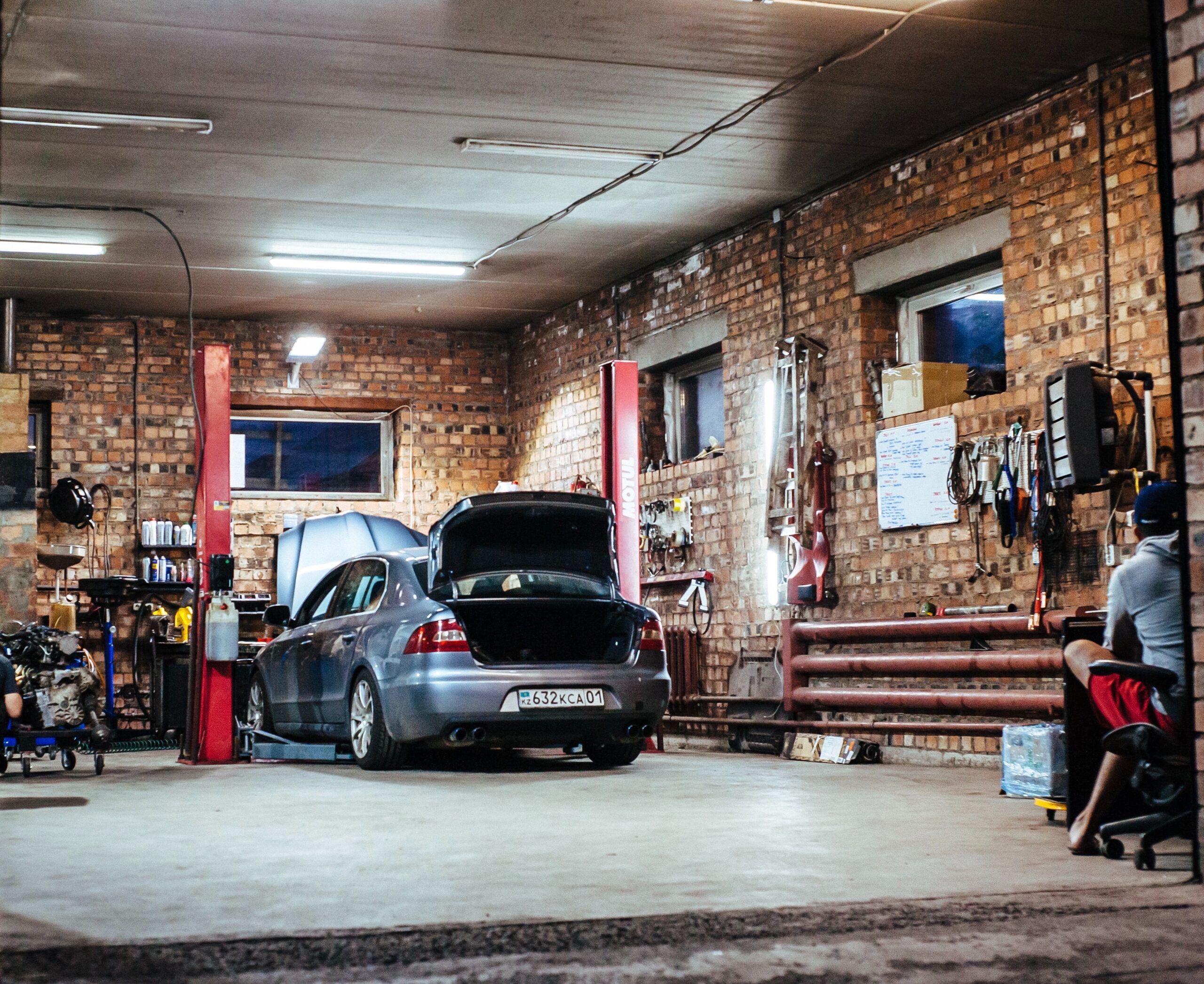How do the best car interior paint repairs increase the life of cars?
When it comes to maintaining your car’s overall aesthetic and value, the condition of its interior paint plays a crucial role. Over time, scuffs and scratches can accumulate, detracting from the vehicle’s visual appeal. However, there’s good news: interior paint restoration for cars is a skill you can master. This comprehensive guide will dive deep into the techniques, tools, and tips to help you say goodbye to those unsightly imperfections and restore you.
Understanding the Basics of Interior Paint
Before we dive into restoration methods, it’s essential to understand the basics of car interior paint repair. Modern cars feature paint finishes on various interior surfaces, including the dashboard, door panels, and center console. Due to daily wear and tear, these finishes can be prone to scuffs and scratches.
Assessing the Damage
The first step in any restoration project is to assess the damage. Scrutinize your car’s interior, identifying areas with scuffs, scratches, or fading paint. Take note of the severity and location of these imperfections, as this information will guide your restoration process.
Gathering the Right Tools and Materials
You’ll need the right tools and materials to restore your car’s interior paint successfully. This typically includes sandpaper of various grits, automotive paint matching your car’s interior color, primer, a clear coat, masking tape, and a quality paint applicator. Ensure you have a well-ventilated workspace and wear appropriate safety gear, including a mask and gloves when working with automotive paints.
Step-by-Step Restoration Process
Preparation: Clean the affected area thoroughly to remove dirt and grime. Use a mild detergent, water, and grease and wax remover. Allow it to dry completely.
Sanding: Use fine-grit sandpaper to sand the damaged area gently. Start with a light touch and gradually increase the pressure until the imperfection is smooth. Be patient and take your time to avoid damaging the surrounding paint.
Priming: Apply a thin layer of automotive primer to the sanded area. This helps the paint adhere properly and provides a smooth surface for the final coat.
Painting: Using a small brush or paint applicator, carefully apply the automotive paint that matches Once the paint is dry, remove any masking tape, and inspect your work. If necessary, use fine-grit sandpaper to blend the repaired area with the surrounding color for a seamless finish.
Tips for a Successful Restoration
– Always follow manufacturer instructions for the paint and materials you use.
– Take your time and work in a well-lit and ventilated area.
– Practice on a small inconspicuous area first if you’re new to interior paint restoration.
– Regularly clean and maintain your car’s interior to prevent future damage. Saying goodbye to scuffs and scratches on your car’s interior paint is a rewarding DIY project. With the right tools, materials, and patience, you can restore your car’s interior to its former beauty, enhancing its overall appeal and value. So, roll up your sleeves and embark on this journey to transform your car’s interior, one paint restoration at a time.
